Located in the hills of Serra de Sintra, Sintra is home to palaces, fairy-tale castles, castle ruins, water fountains and villas that belonged to Royalty and aristocracy. It is also one of the most visited spots in Portugal with millions of visitors flocking here to explore its beautiful castles, never mind the season.
Thus, one morning I arrived early on the train from Lisbon to explore this charming little city. My timed entry into Pena Palace, Sintra’s star attraction, was for 10.15 am, which gave me plenty of time to make quick stops before arriving at my destination. I decided to take my own private transport for two reasons – it gave me the freedom to stop wherever I wanted and secondly, I did not have to wait for the bus, which, going by the milling crowds, was going to pose challenges.
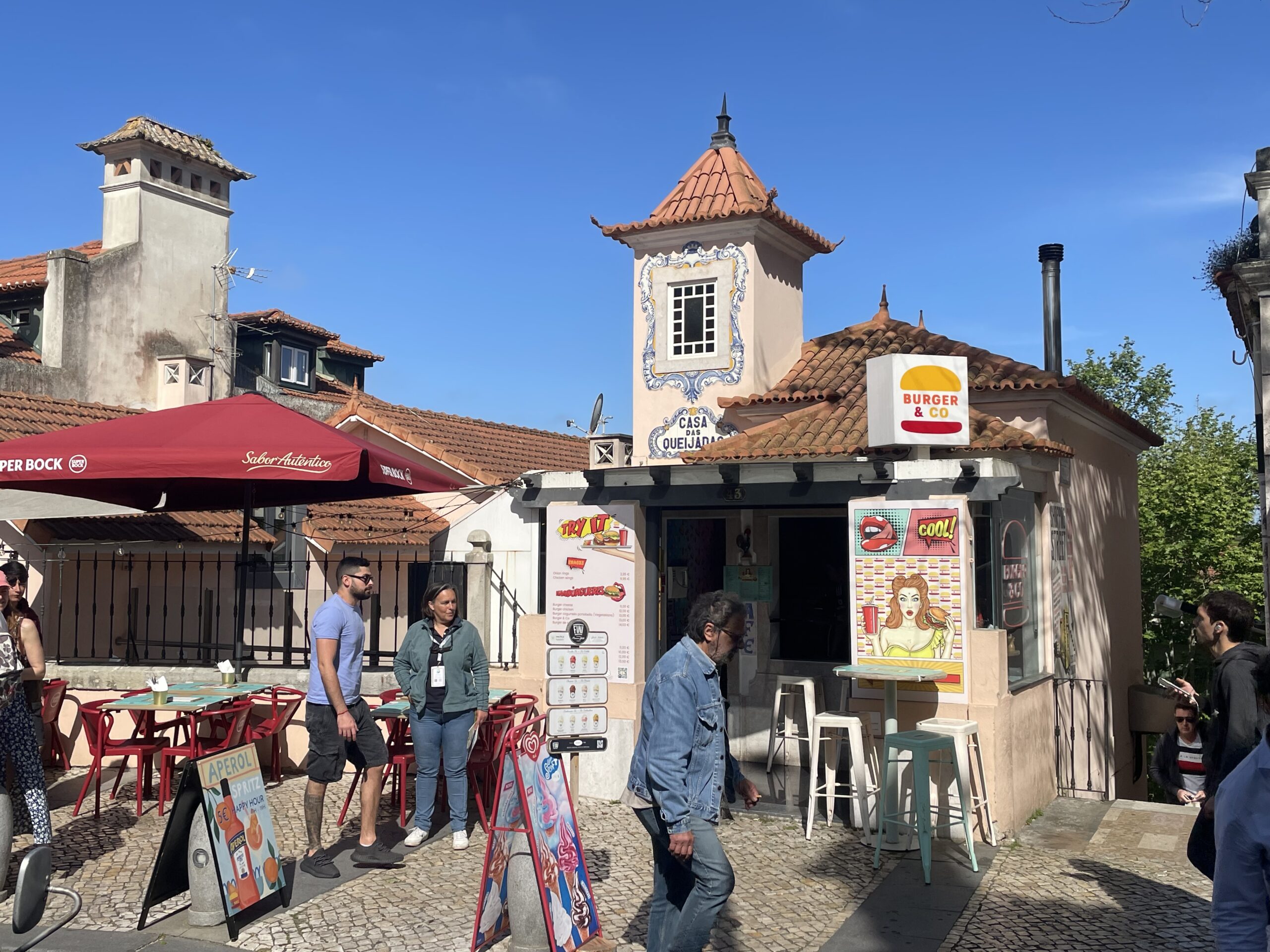
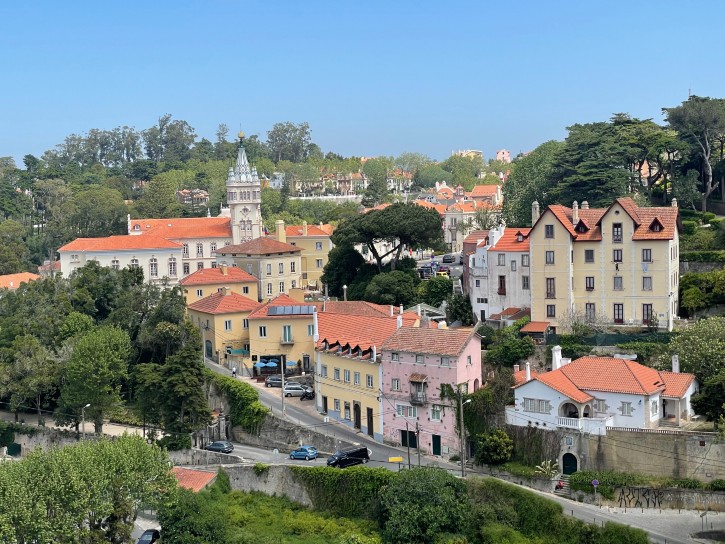
Alfonso, my driver, an immigrant from Argentina was a keen conversationalist and despite our differences in language (I speak no Spanish to save my life), we managed a decent flow of conversation.
It was he who told me how and why celebrities chose to live in Sintra and the significance of water fountains dotting the city.
The water fountains of Sintra
Alfonso drove up to an ancient water fountain which appeared quite popular – with its back wall capped by a large baroque gable emblazoned with a yellow sun disk. It was distinctly ancient. Named the Sabuga, the waters here have been renowned for centuries for their healing properties. It is said that the fountain has been in existence since the Middle Ages and finds a mention in literature dating 14th century, although what we see today dates to the 18th century, having replaced the earlier one destroyed in the 1755 earthquake.
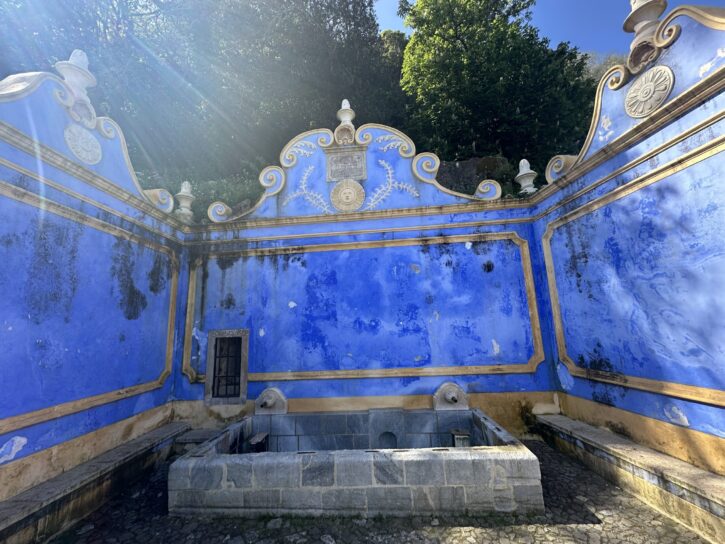
Like all others, I too filled my water bottle with the magical waters, which Alfonso explained took care of all gastrointestinal issues. With all the paella I had been eating, this seemed like a wise precaution.
Legend states anyone who drinks Sabuga’s water will remember Sintra forever. I am not sure if I’d use that word today but to be fair, I am not likely to forget Sintra in a hurry.
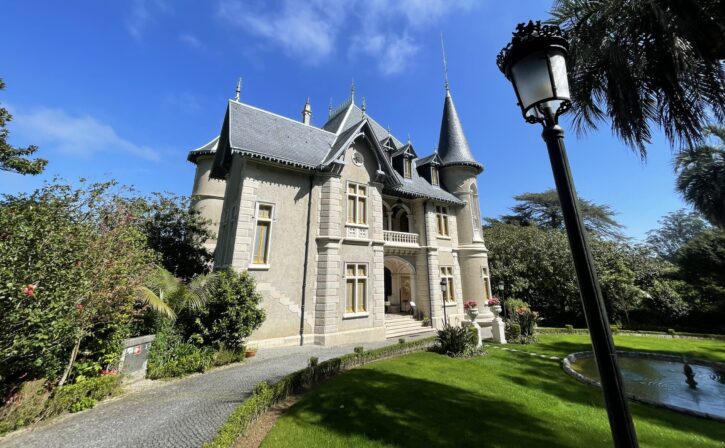
Next, we made a quick stop at the Biester Palace (opened recently to the public after restoration). This place offers a mysterious adventure in a fascinating and unexplored cultural labyrinth. It is said that the historical hall of this Palace houses a grand library. Since it was closed when I appeared at its gate, I did a quick tour of its gardens and retreated.
It was time for Pena Palace.
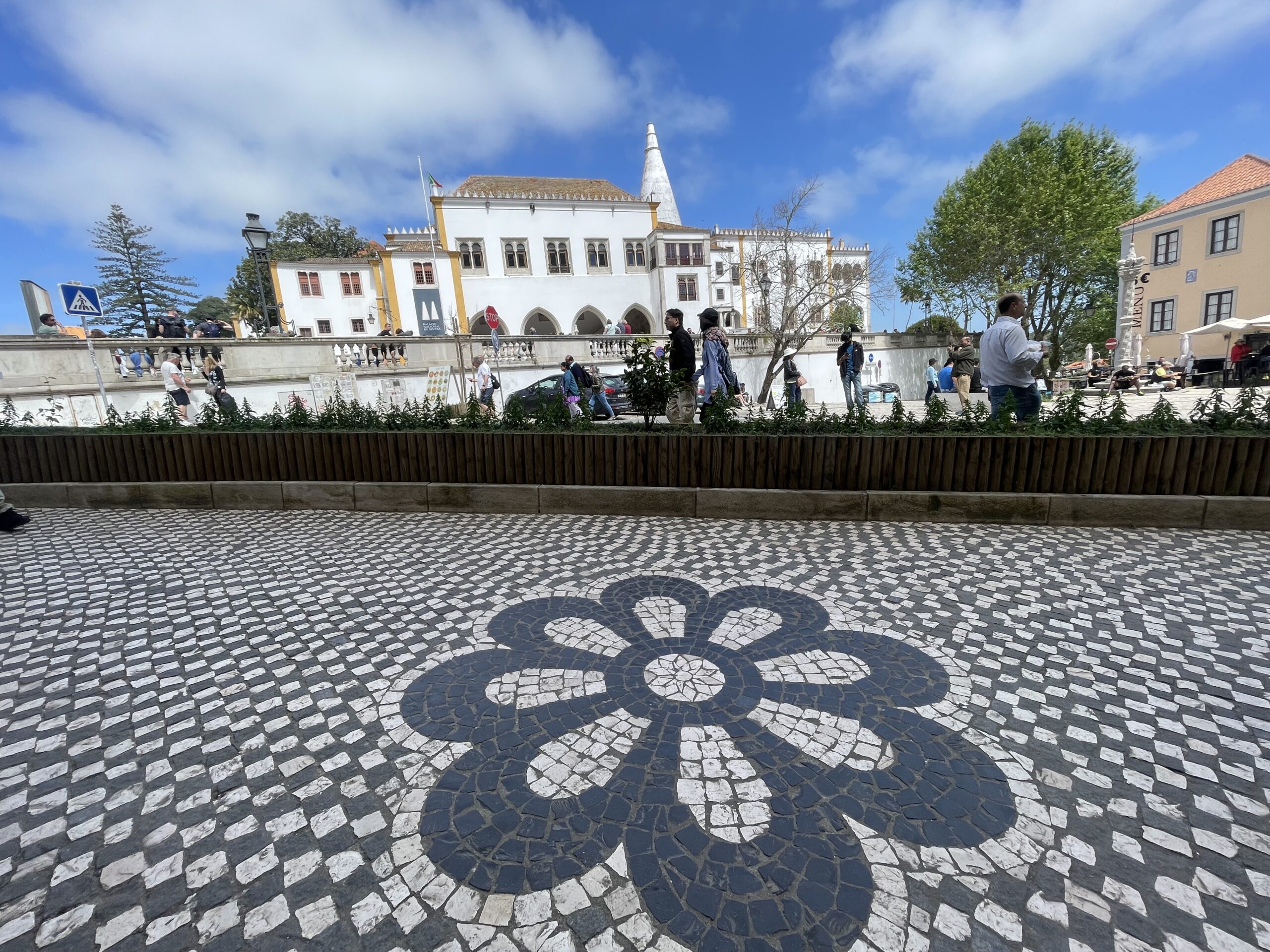
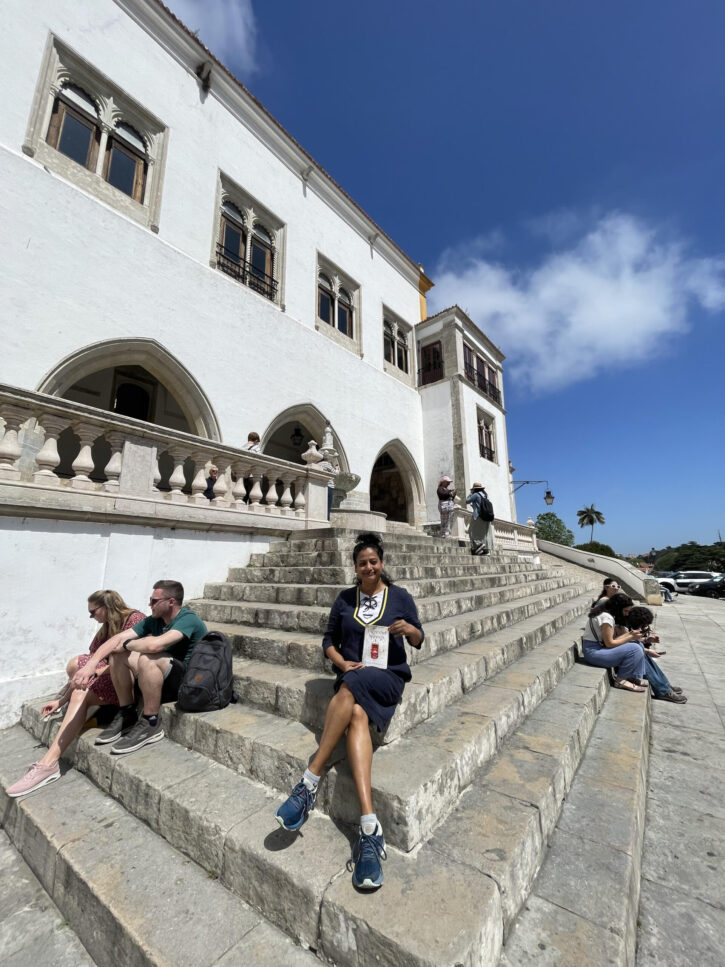 Excited to pose with my new book Plentiful Springs at the National Palace in Sintra.
Excited to pose with my new book Plentiful Springs at the National Palace in Sintra.DON’T MISS!!!
Love custard tarts? Then head to Queijadas da Sapa, the first bakery to make Sintra’s famous cheese and cinnamon tarts in a thin crust since 1756. These small and spicy bites are the pride and joy of Sintra.
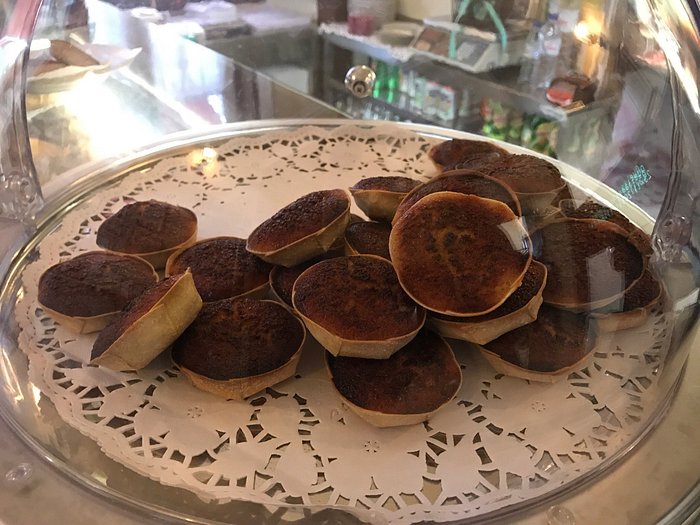
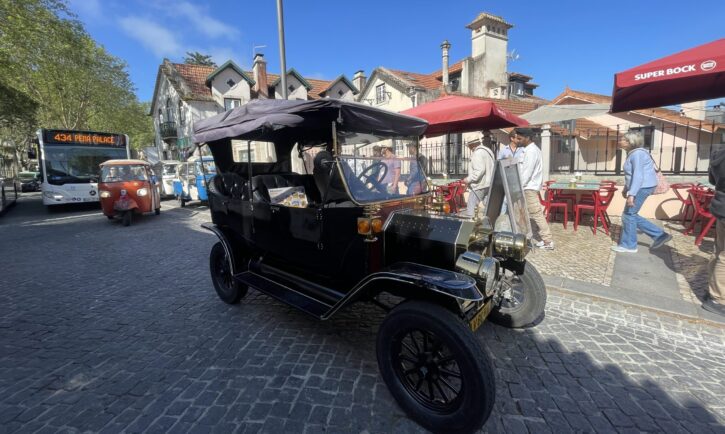
Useful Info
- Train is the best option. The train departs from Lisbon Rossio station and takes about 40 minutes to reach Sintra. Trains are frequent.
- Start early. Sintra is popular, so arriving early will help avoid the crowds.
- Start at Pena Palace work your way down. It is the highest elevation in Sintra, the most popular and always crowded.
- Wear sturdy shoes. Although it is possible to get taxis between the various palaces and castles, walking is the best way to get around Sintra.
- Book tickets in advance. All the visitor attractions are highly popular, so booking in advance will save you having to queue.
“This article is now featured on https://www.gpsmycity.com. To download this article for offline reading or travel directions to the attractions highlighted in this article, go to Walking Tours and Articles in (city name) on GPSmyCity.”
1-DAY itinerary
- Once you arrive in Sintra (with your ticket to Pena Palace), head straight to Pena Palace (by taxi or bus). Exploring this yellow and red palace could take you about 2-3 hours.
- Once done, hop on the bus no 434 and head straight into town. Grab lunch at one of the few restaurants serving up fantastic local cuisine. (Restaurants with good reviews include Bacalhau na Vila and Romaria de Baco)
- Next, visit the Sintra National Palace. It isn’t as flashy as Pena Palace, but historically and culturally it’s just as significant.
***Avoid carrying a huge backpack when visiting the palaces because you’ll be asked to wear backpacks on your front when touring the insides of palaces, and it’s just annoying). - Next head to the Quinta de Regaleira which has a huge Gothic house and extensive gardens. This is on the bus route 435. Alternatively, you could walk to it. Visit the Initiation Well which represents ancient secret orders like the Knights Templar and the Masons. Wind down spiral staircase and then exit via a hidden tunnel.
- Grab dinner close to the train station before heading back to Lisbon. *** If you are planning a longer stay, visit the Moorish Castle and the Monserrate Palace.
Fountains of Sintra
Sintra’s mountains have long been associated with deities and mystical water. It is true that its unique microclimate and moist Atlantic winds keeps the forest lush green and has led to abundance of water in the area, which emerges from the mountains. Water is celebrated in Sintra and fountains often feature in homes, gardens and palaces (including Pena and Quinta da Regaleira) providing life to exotic plant species. Sintra also has several public fountains, and their waters are known for healing various ailments and remain an integral part of Sintra’s heritage, serving as reminders of its rich history and connection to the natural world.
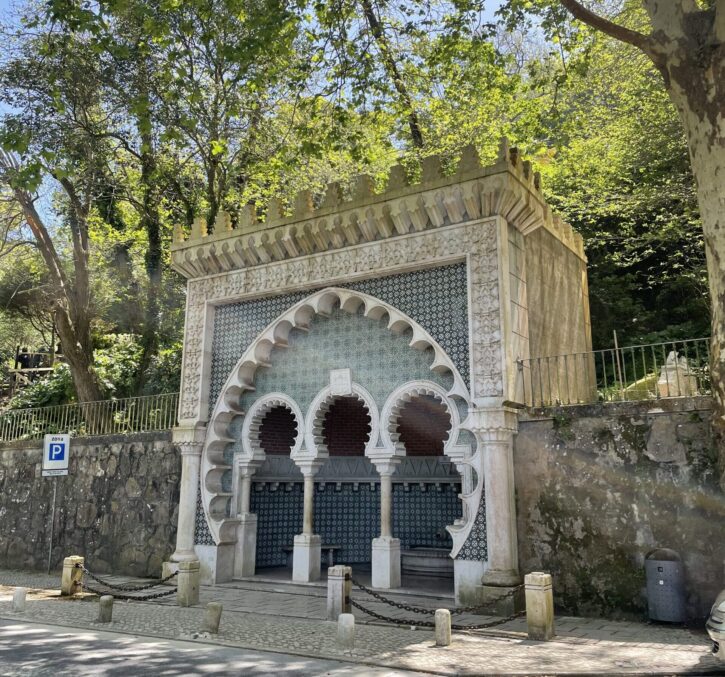
Some of the popular ones include the Fonte da Pipa, built in 1787 and located at Rua da Fonte da Pipa and Fonte da Sabuga, built in 1757 and located at Rua Mal. Saldanha.
Book your tour here –

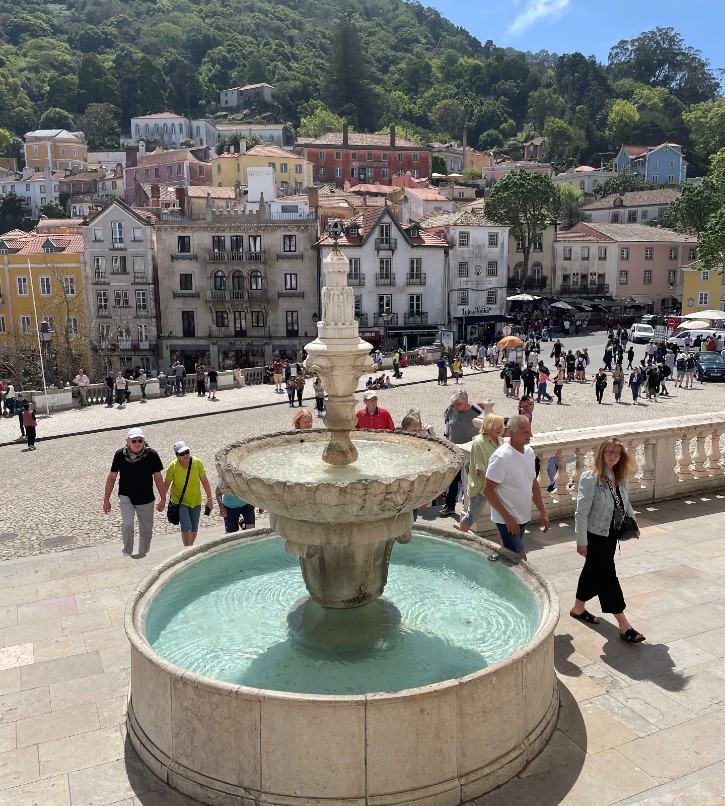

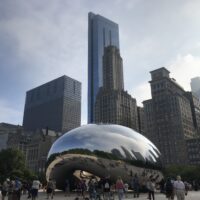
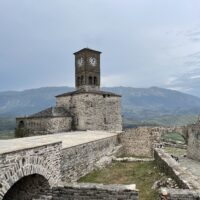
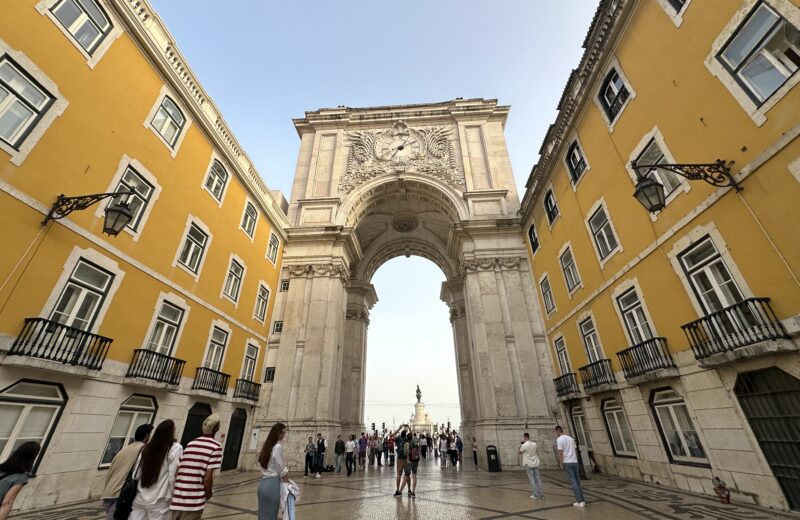
Anjaly Mam… your article transported me to the enchanting hills of Serra de Sintra! Your vivid descriptions of Sintra’s fairy-tale castles, palace ruins, and aristocratic villas left me spellbound. I loved how you wove together history, beauty, and personal experience to create a captivating narrative.
Your writing is engaging, and your decision to take private transport proved to be a great choice, allowing you to share unique insights and anecdotes. The timed entry to Pena Palace added a sense of excitement and anticipation to your journey.
Your passion for travel and exploration shines through in every paragraph. I appreciated the inclusion of practical details, making it easy for readers to plan their own Sintra adventure.
Overall, your article is a delightful read, and I’m sure it will inspire many to visit Sintra and experience its magic firsthand. Keep sharing your travel stories, Mam…